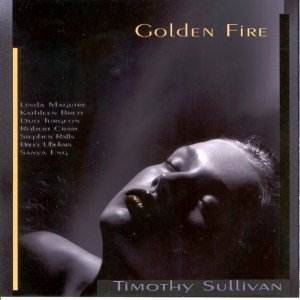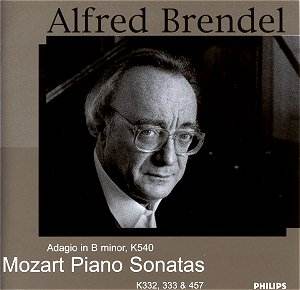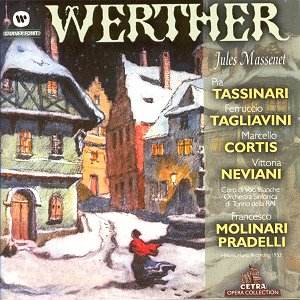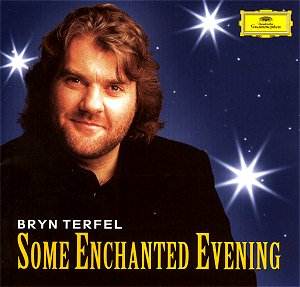 Composer: Timothy Sullivan
Composer: Timothy Sullivan
Works: A Magic Casement, Two Pianos, A Soft and Golden Fire
Performers: Kathleen Brett (soprano), Linda Maguire (mezzo-soprano), Stephen Ralls and Bruce Ubukata (piano), Duo Turgeon (Two Pianos), Robert Cram (flute), Sanya Eng (harp)
Recording: Recorded 22-23 June, 5-6 August 2000, Church of St Mary Magdalene, Toronto
Label: Class X Discs
Timothy Sullivan emerges as a distinctive voice in contemporary Canadian composition, particularly with his recent release featuring three notable works: “A Magic Casement,” “Two Pianos,” and “A Soft and Golden Fire.” Sullivan’s music, while resonating with the melodic and tonal currents of his contemporaries, ventures into the uncharted territories of poetic expression and emotional depth. His choice of texts from a diverse array of poets—including Yeats, Keats, and Joyce—demonstrates a keen understanding of the lyrical nuances that can be explored through music, setting him apart in an increasingly atonal landscape.
The performance of “A Magic Casement” reveals a rich tapestry of vocal interplay, with Kathleen Brett and Linda Maguire deftly weaving through Sullivan’s intricate settings. Their voices are not merely accompanied by the piano duo of Stephen Ralls and Bruce Ubukata; rather, the pianos create a shimmering backdrop that mirrors the emotional currents of the poetry. The opening piece, “Bugles of Dreamland,” exemplifies this synergy, as the piano’s bell-like sonorities provide a dreamy atmosphere, allowing the singers to navigate the text with both precision and expressivity. This particular track showcases Sullivan’s mastery in crafting a sound world that is both expansive and intimate, echoing the stylistic elegance of Britten and Geoffrey Bush.
In contrast, “Two Pianos” presents a more abstract and elusive musical landscape. The work’s hesitant nature and intricate textures evoke a sense of exploration within a murky soundscape, akin to Richard Rodney Bennett’s Third Symphony. The dissonant passages in Part VII introduce a volatility that contrasts sharply with the lyrical ease of “A Magic Casement.” Sullivan’s rhythmic interplay in Part VIII, along with the jazzy flavors that emerge in Part IX, suggest a dialogue with the works of Michael Nyman and Constant Lambert. Here, the performance captures the volatility of the score, yet, at times, the complexity may challenge listeners unaccustomed to such modern idioms.
“A Soft and Golden Fire” returns to the ethereal quality found in “A Magic Casement,” but it employs the delicate instrumentation of flute and harp to create a more pastoral soundscape. The vivid imagery of Joyce’s poetry is brought to life through this instrumental collaboration, particularly in sections that evoke a sense of dripping rain—a metaphor for love tinged with loss. Linda Maguire’s mezzo-soprano is expressive throughout, although there are moments—particularly during the phrase “My dove, my beautiful one”—where the engineering choices seem to dilute her voice’s impact. The engineering could benefit from a more thoughtful balance, ensuring that the emotional weight of the text is not overshadowed by technical considerations.
While the musical offerings are compelling, the presentation of the disc is less successful. The design choices, including an upper-case typeface and poor color contrast, hinder accessibility to the music and background information, undermining the primary purpose of a program booklet. While aesthetics are important, they should not detract from the listener’s ability to engage with the music and its context.
This collection of works by Timothy Sullivan stands as a testament to his skill as a composer and his ability to evoke deep emotional resonances through song. For those who appreciate the lyrical beauty of Britten’s settings or the innovative textures of Nyman’s music, Sullivan’s music is a rewarding discovery that gladdens the heart and stimulates the mind.



